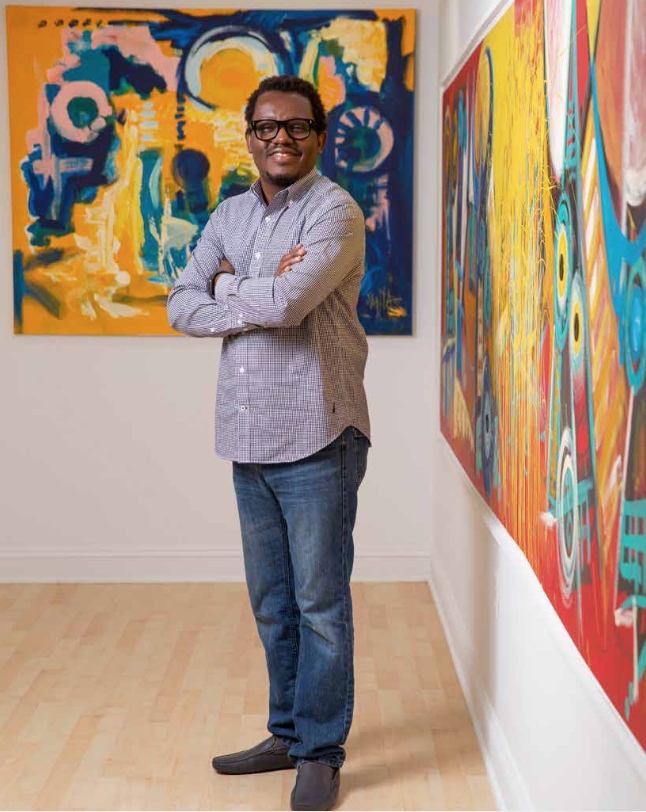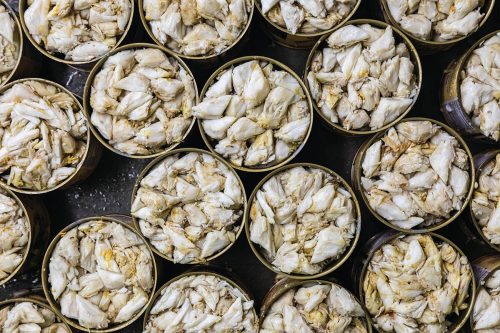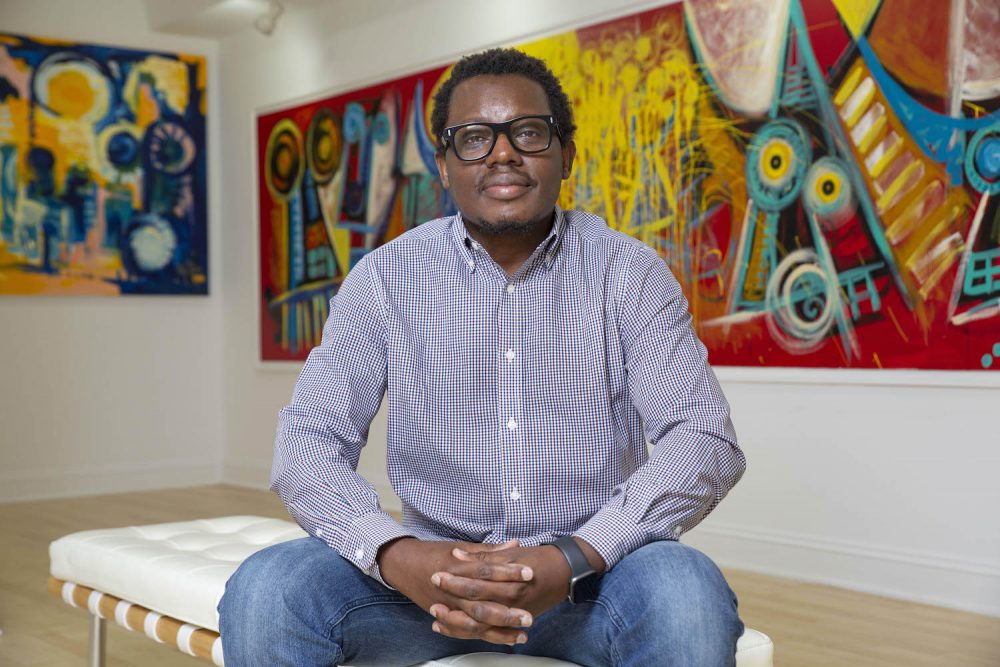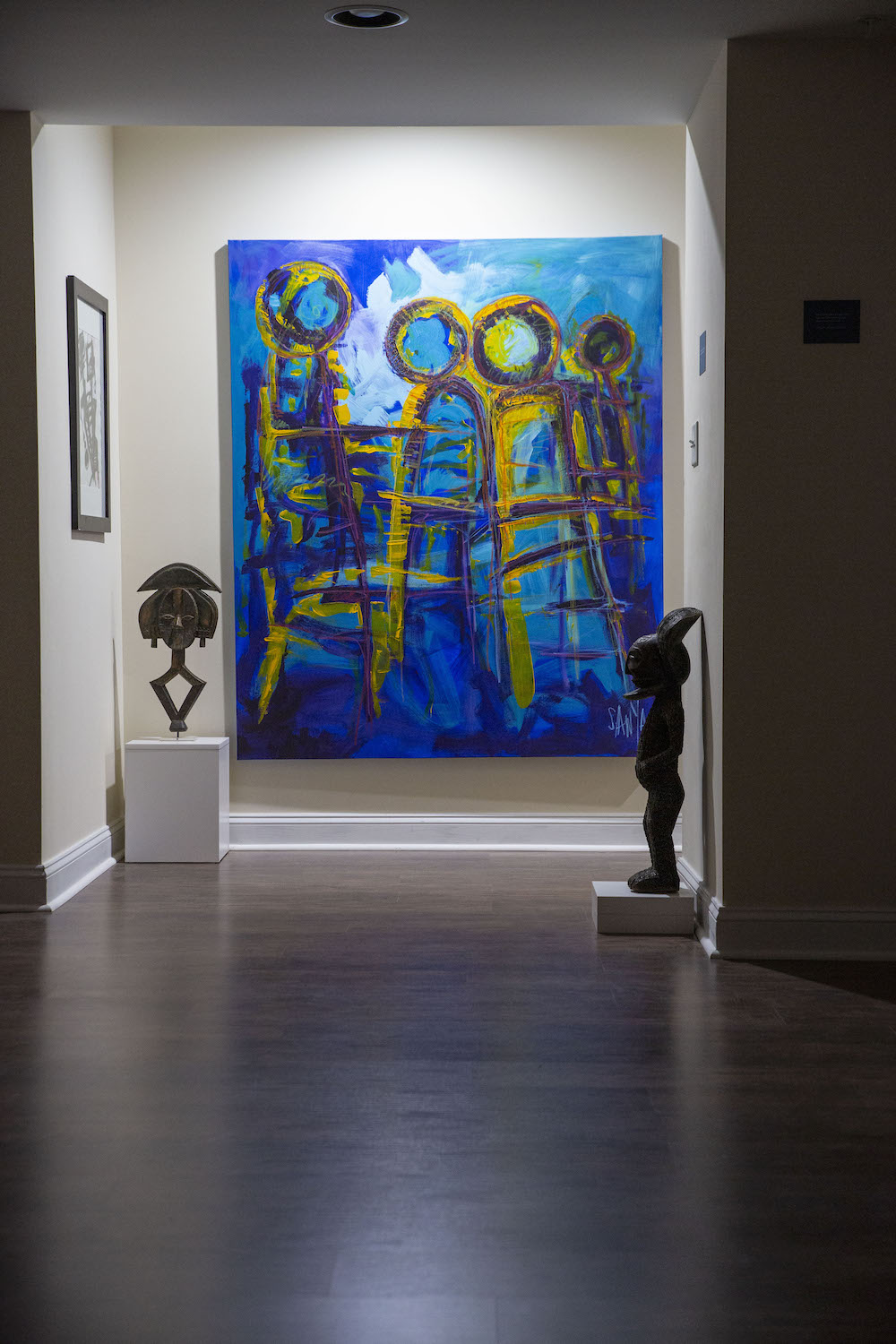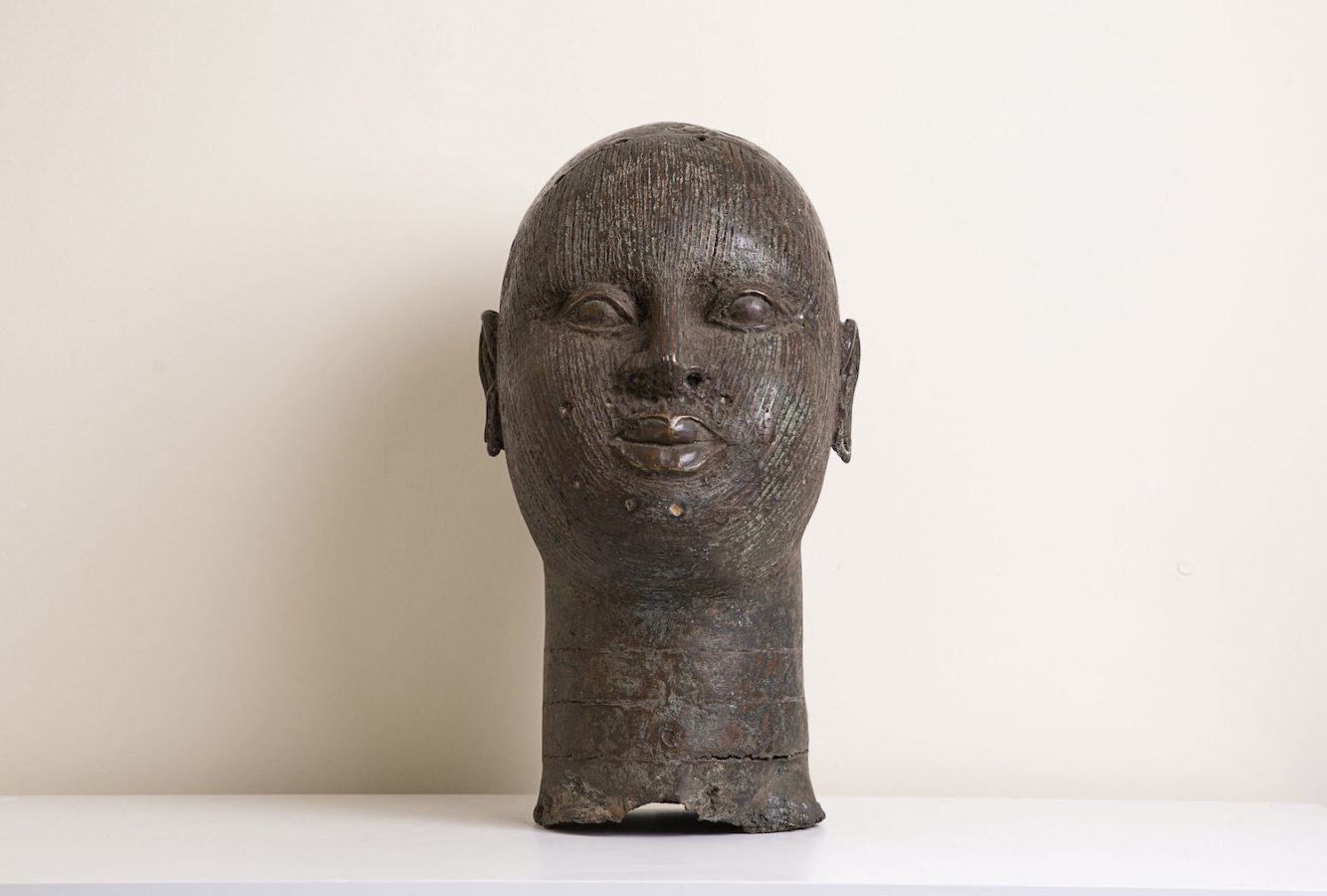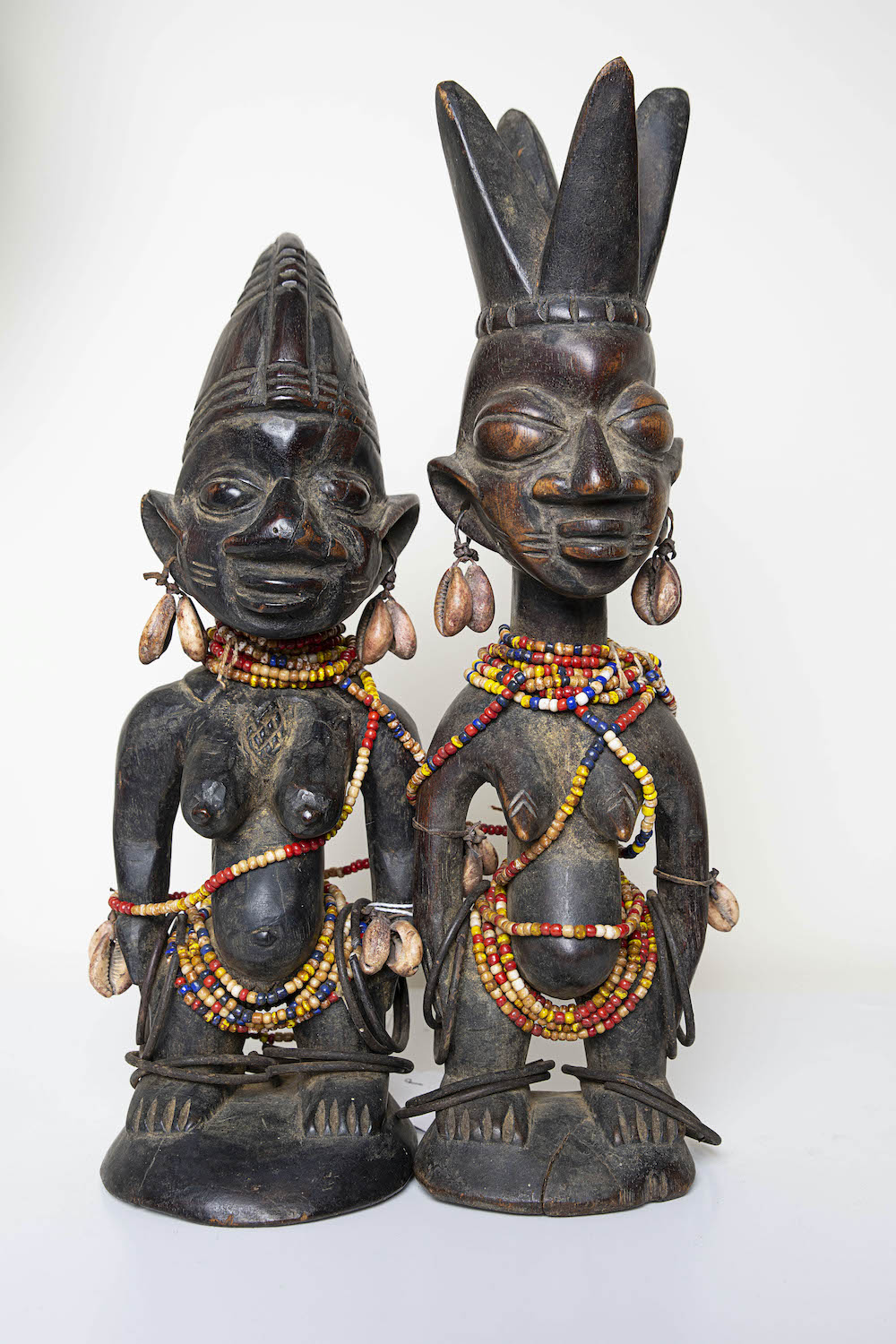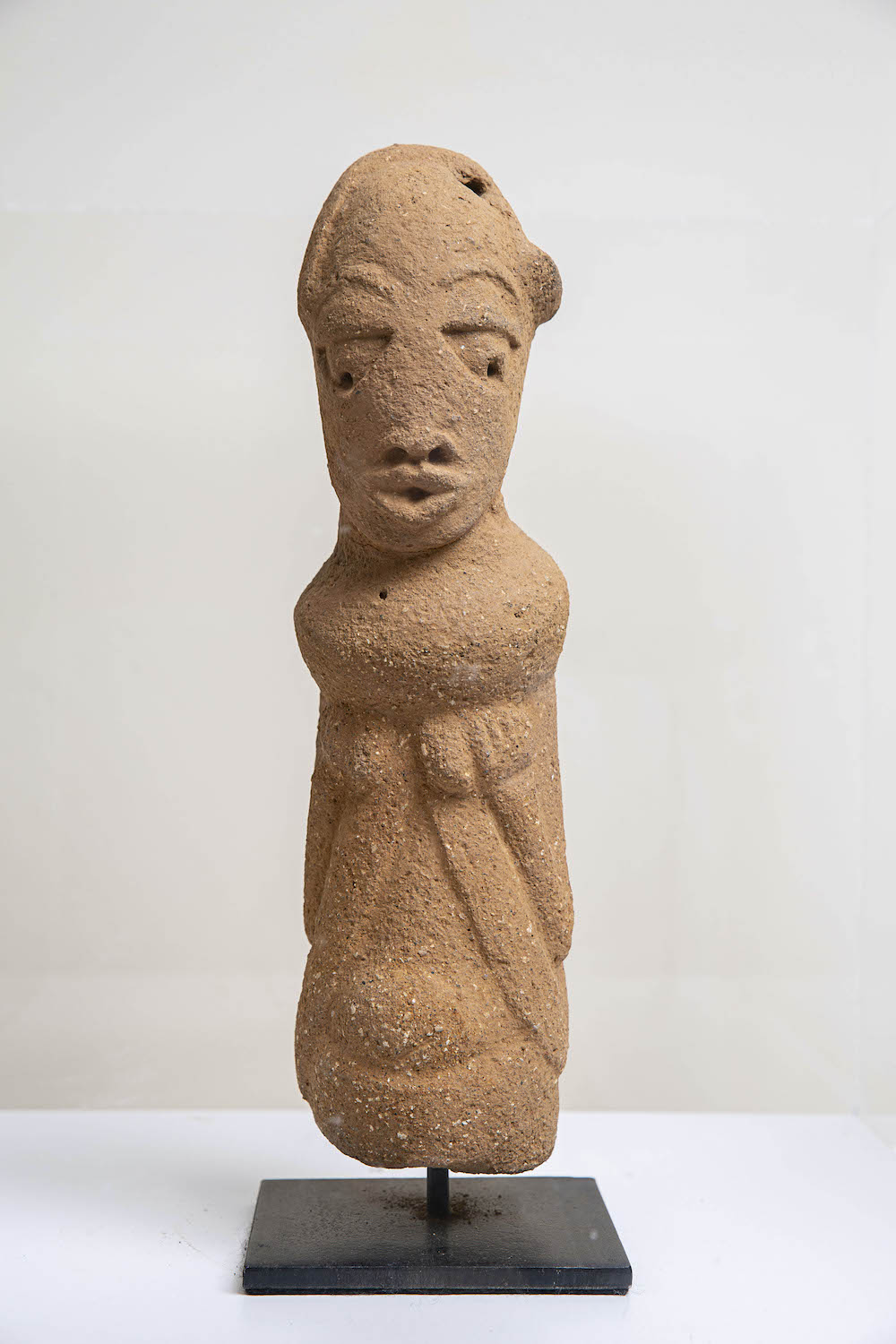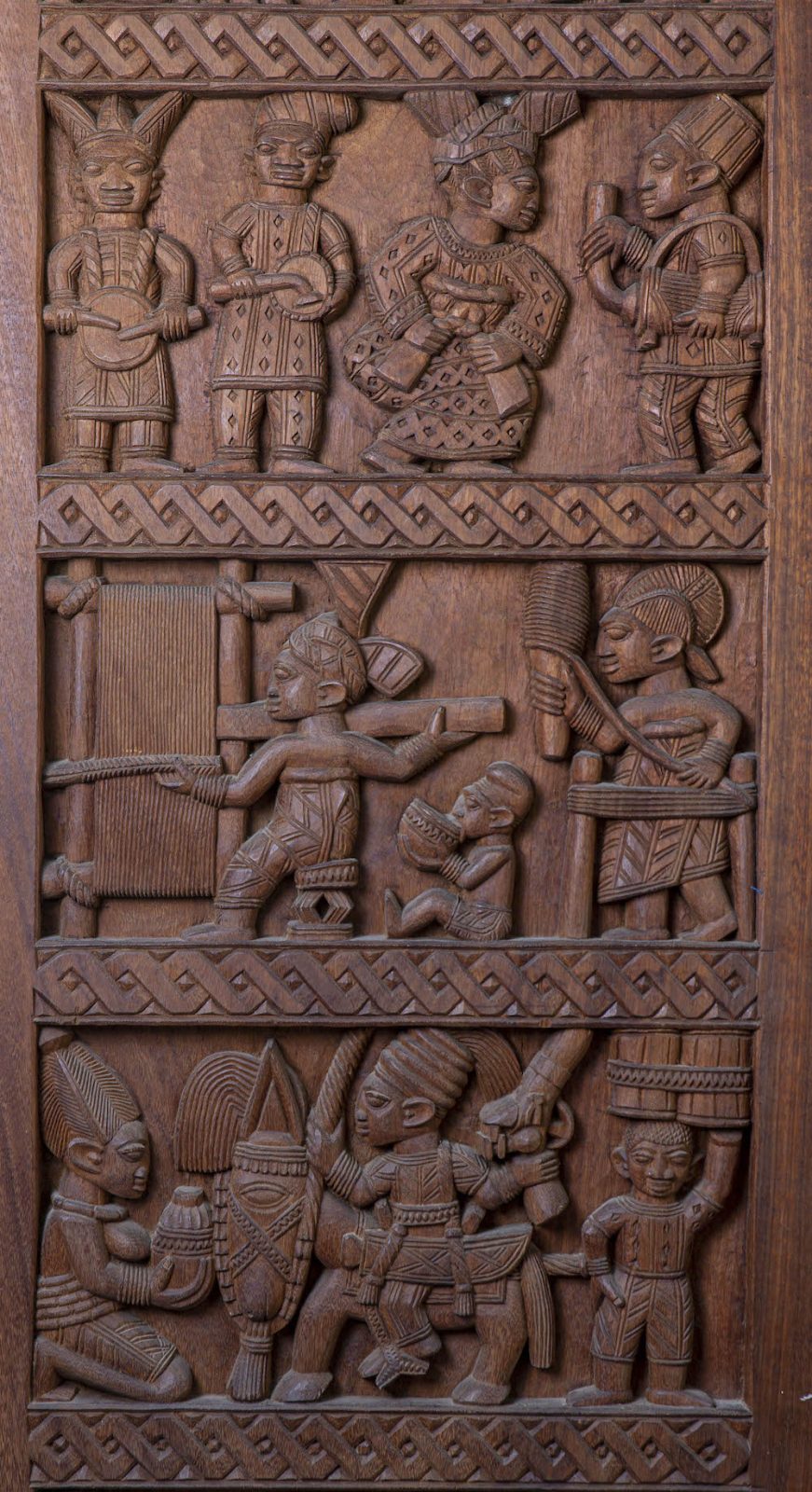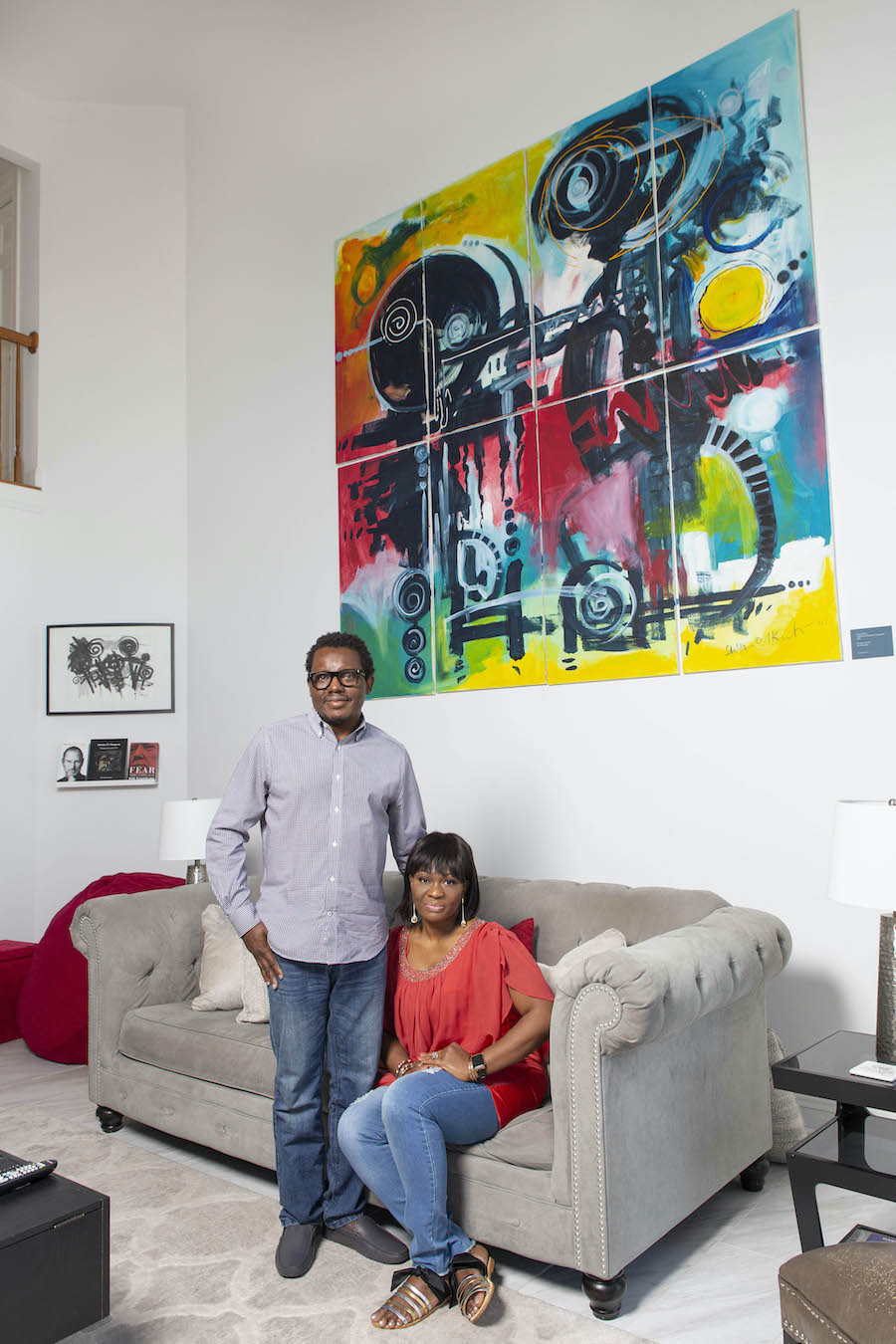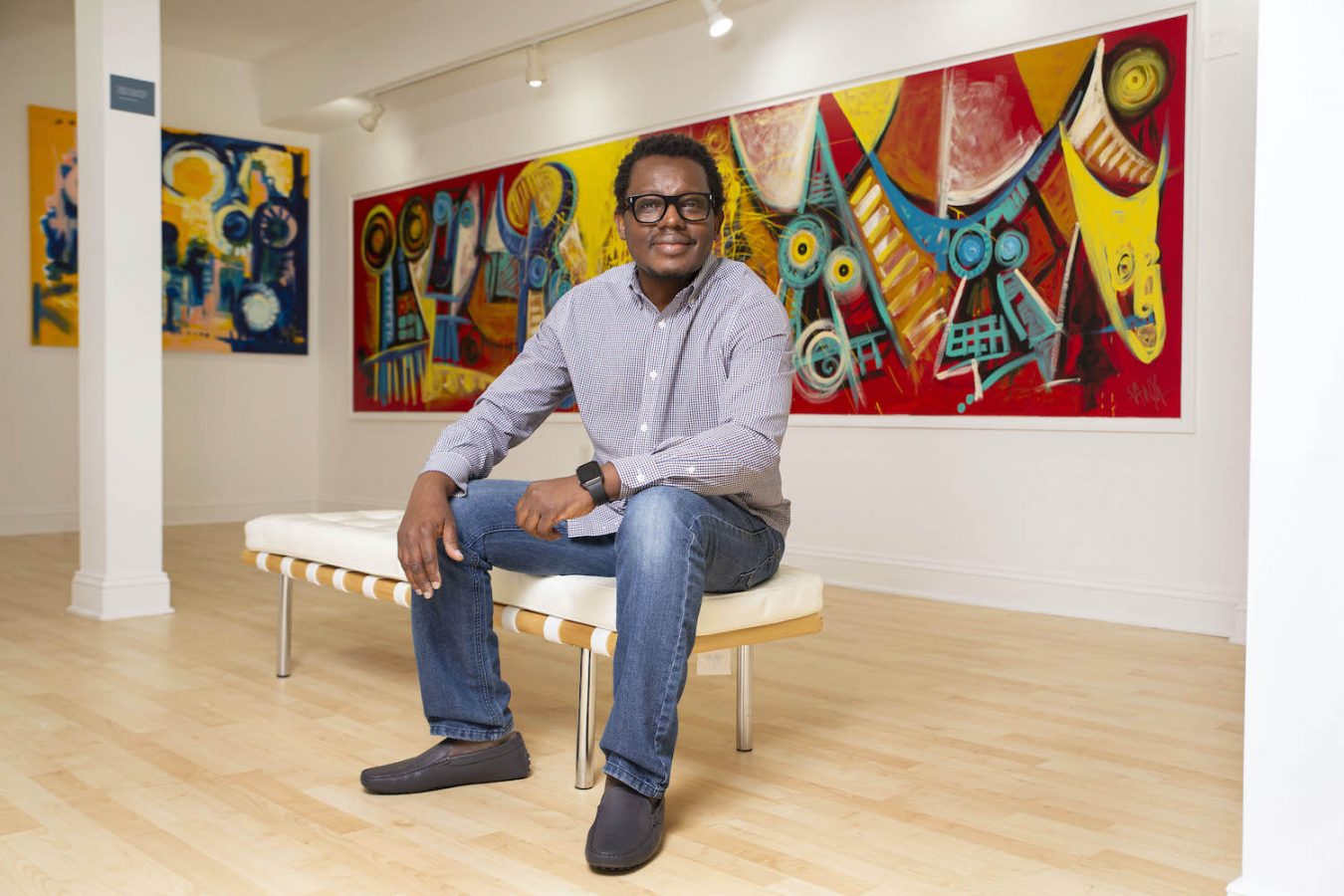In his seminal text African Art in Transit, scholar Christopher B. Steiner explains the way museums concretize perceptions that the greatest achievements of the global south were only made during antiquity, and that the accomplishments of the western world will always be principal considerations by ignoring or minimally acknowledging continual cultural production elsewhere. “While western notions about the authenticity of African art are constructed by privileging aesthetic forms imagined to have existed in the past—worlds that never were but might have been—African beliefs about Western authenticity are projected into the future—worlds that aren’t yet but someday could be,” he writes. To add insult to injury, questionable provenance and few disclosures by institutions about the troubled history of how these cultural artifacts were acquired exacerbates global demands for atonement. Colonialism was a cancer that crowned itself civilization.
Museums have been prominent preservers of the colonial mythos, but history is older than western empires, and older still than the dominance those nations proclaimed across the globe. Orienting history from the west invalidates the rest of the world, where centuries of unique invention and innovation in the global south are synthesized into decontextualized antiquities, where masks, statues, jewelry, textiles, and ritual paraphernalia from pre-colonial cultures are considered primitive by western standards. The “othered” continents—Africa, Asia, South America, the Caribbean and Pacific Islands—are relegated to separate wings with catch-all labels like African Art or Asian Art, erasing nuance and compounding continents into monolithic regions within colonial projects.
Recent requests for the repatriation of artifacts pillaged by the Dutch, British, French, and Americans back to formerly colonized nations have largely not been honored. Last year, artist and Congolese activist Mwazulu Diyabanza staged several protests and three interventions in which he attempted to walk out of the Musée du Quai Branly-Jacques Chirac and the Louvre (Paris) and the Museum of Africa, Oceanic and Native American Arts (Marseille) with artifacts he believed were obtained unethically. His protests were met with litigation from the museums that resulted in €6,000 in fines (more than $7,200 USD) and a few days in jail while he awaited trial.
